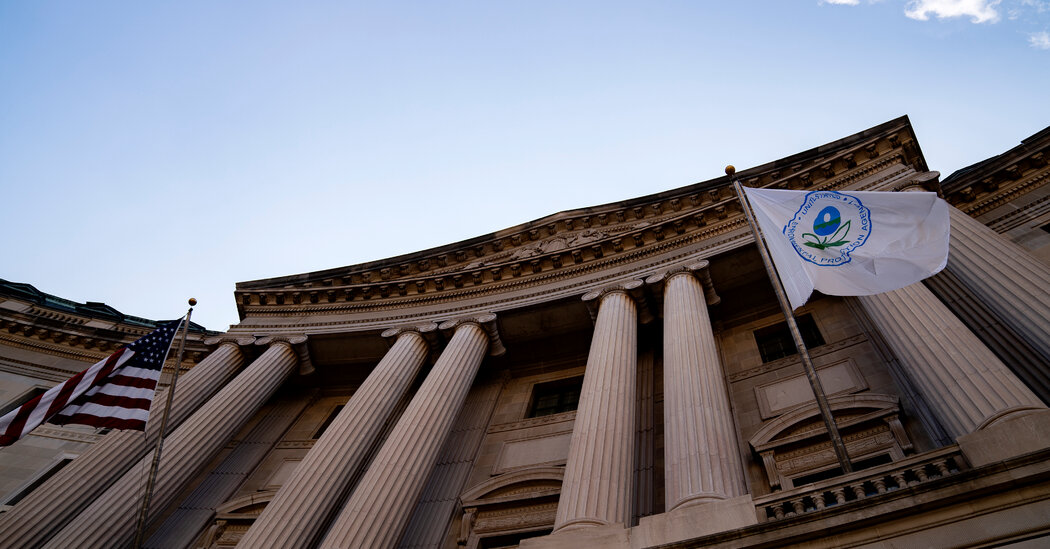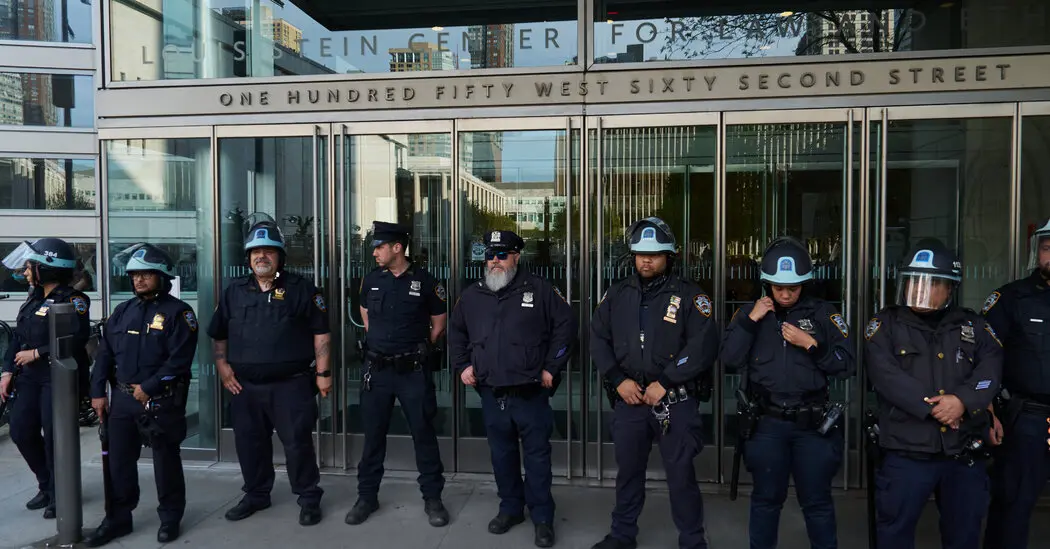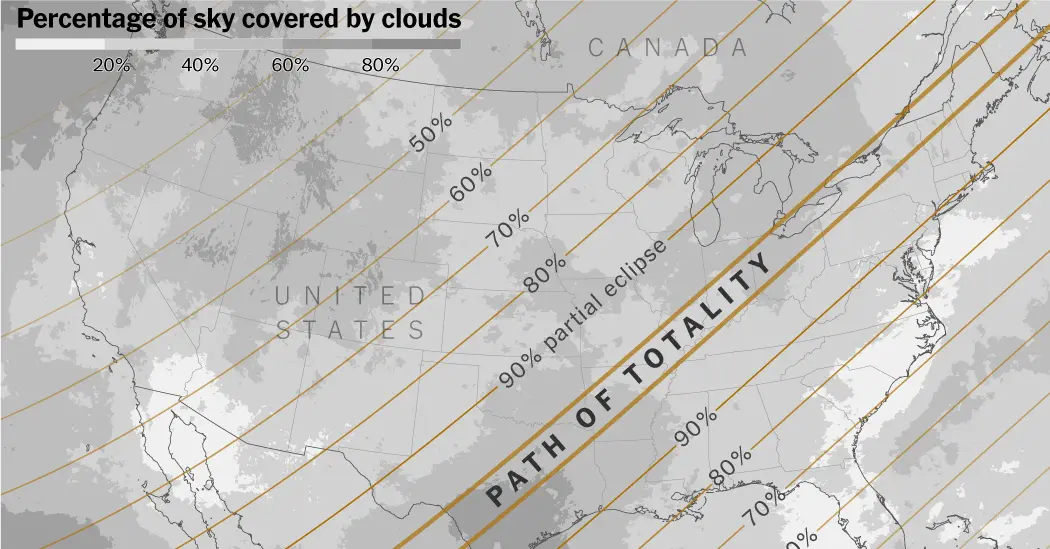baltakatei
/ˈbɑːltəkʊteɪ/. Knows some chemistry and piping stuff. TeXmacs user.
Website: reboil.com
Mastodon: [email protected]
- 90 Posts
- 94 Comments
 2·9 hours ago
2·9 hours agoThis weakens voter power by overturning the most cited Supreme Court case, Chevron U. S. A. Inc. v. Natural Resources Defense Council, Inc.. Chevron deference was the lubrication between ambiguous laws and specific implementations of laws. Now Congress must either be hyperspecific about how a law must be interpreted when it passes a bill (slowing consensus) or the US court system must hire legions of technocrats, all reporting to the Supreme Court, to churn out policy that voters used to be able to have a say in every 4 years through who they elected President.
Text of the Loper Bright Enterprises v. Raimondo decision: NYT, Justia
Elena Kaganʼs dissent (Wikipedia links added):
For 40 years, Chevron U. S. A. Inc. v. Natural Resources Defense Council, Inc., 467 U. S. 837 (1984), has served as a cornerstone of administrative law, allocating responsibility for statutory construction between courts and agencies. Under Chevron, a court uses all its normal interpretive tools to determine whether Congress has spoken to an issue. If the court finds Congress has done so, that is the end of the matter; the agency’s views make no difference. But if the court finds, at the end of its interpretive work, that Congress has left an ambiguity or gap, then a choice must be made. Who should give content to a statute when Congress’s instructions have run out? Should it be a court? Or should it be the agency Congress has charged with administering the statute? The answer Chevron gives is that it should usually be the agency, within the bounds of reasonableness. That rule has formed the backdrop against which Congress, courts, and agencies—as well as regulated parties and the public-all have operated for decades. It has been applied in thousands of judicial decisions. It has become part of the warp and woof of modern government, supporting regulatory efforts of all kinds—to name a few, keeping air and water clean, food and drugs safe, and financial markets honest.
And the rule is right. This Court has long understood Chevron deference to reflect what Congress would want, and so to be rooted in a presumption of legislative intent. Congress knows that it does not—in fact cannot— write perfectly complete regulatory statutes. It knows that those statutes will inevitably contain ambiguities that some other actor will have to resolve, and gaps that some other actor will have to fill. And it would usually prefer that actor to be the responsible agency, not a court. Some interpretive issues arising in the regulatory context involve scientific or technical subject matter. Agencies have expertise in those areas; courts do not. Some demand a detailed understanding of complex and interdependent regulatory programs. Agencies know those programs inside-out; again, courts do not. And some present policy choices, including trade-offs between competing goods. Agencies report to a President, who in turn answers to the public for his policy calls; courts have no such accountability and no proper basis for making policy. And of course Congress has conferred on that expert, experienced, and politically accountable agency the authority to administer to make rules about and otherwise implement—the statute giving rise to the ambiguity or gap. Put all that together and deference to the agency is the almost obvious choice, based on an implicit congressional delegation of interpretive authority. We defer, the Court has explained, “because of a presumption that Congress” would have “desired the agency (rather than the courts)” to exercise “whatever degree of discretion” the statute allows. Smiley v. Citibank (South Dakota), N. A., 517 U. S. 735, 740-741 (1996).
Today, the Court flips the script: It is now “the courts (rather than the agency)” that will wield power when Congress has left an area of interpretive discretion. A rule ofjudicial humility gives way to a rule of judicial hubris. In recent years, this Court has too often taken for itself decision-making authority Congress assigned to agencies. The Court has substituted its own judgment on workplace health for that of the Occupational Safety and Health Administration; its own judgment on climate change for that of the Environmental Protection Agency; and its own judgment on student loans for that of the Department of Education. See, e.g., National Federation of Independent Business v. OSHA, 595 U. S. 109 (2022); West Virginia v. EPA, 597 U. S. 697 (2022); Biden v. Nebraska, 600 U. S. 477 (2023). But evidently that was, for this Court, all too piecemeal. In one fell swoop, the majority today gives itself exclusive power over every open issue no matter how expertise-driven or policy-laden? involving the meaning of regulatory law . As if it did not have enough on its plate, the majority turns itself into the country’s administrative czar. It defends that move as one (suddenly) required by the (nearly 80-year-old) Administrative Procedure Act. But the Act makes no such demand . Today’s decision is not one Congress directed. It is entirely the majority’s choice.
And the majority cannot destroy one doctrine of judicial humility without making a laughing-stock of a second. (If opinions had titles, a good candidate for today’s would be Hubris Squared.) Stare decisis is, among other things, a way to remind judges that wisdom often lies in what prior judges have done. It is a brake on the urge to convert “every new judge’s opinion” into a new legal rule or regime. Dobbs v. Jackson Women’s Health Organization, 597 U. S. 215, 388 (2022) (joint opinion of Breyer, SOTOMAYOR, and KAGAN, JJ., dissenting) (quoting 1 W. Blackstone, Commentaries on the Laws of England 69 (7th ed. 1775)). Chevron is entrenched precedent, entitled to the protection of stare decisis, as even the majority acknowledges. In fact, Chevron is entitled to the supercharged version of that doctrine because Congress could always overrule the decision, and because so many governmental and private actors have relied on it for so long. Because that is so, the majority needs a “particularly special justification” for its action. Kisor v. Wilkie, 588 U. S. 558, 588 (2019) (opinion of the Court). But the majority has nothing that would qualify. It barely tries to advance the usual factors this Court invokes for overruling precedent. Its justification comes down, in the end, to this: Courts must have more say over regulation over the provision of health care, the protection of the environment, the safety of consumer products, the efficacy of transportation systems, and so on. A longstanding precedent at the crux of administrative governance thus falls victim to a bald assertion of judicial authority. The majority disdains restraint, and grasps for power.
 3·5 days ago
3·5 days agoSide note: subterranean microbes play a large role in the plot of Stephen Baxterʼs science fiction novels Proxima (2013) and Ultima (2014). Iʼve yet to encounter such a story in which microbes are not only intelligent but are engaged in terraforming and communicating with an interstellar community of other similar planetary biomasses (albeït on geological time scales).

 4·5 days ago
4·5 days agoI look forward to some prank calls.
 2·6 days ago
2·6 days agoLaws on the books made invalid by precedent do create ambiguity. Ambiguity is problematic because it introduces an element of unpredictability to a system. The US legal system, with its Common Law tradition, deals with that ambiguity with the doctrine of stare decisis. (Latin: Stare decisis et non quieta movere: “to stand by decisions and not disturb the undisturbed”) which says similar court cases should be treated similarly unless a higher court determines that the precedent was wrongly decided or societal changes warrant a different interpretation. The Comstock Laws (i.e. Comstock Act of 1873) generally prohibit sending any material or literature useful for or promoting contraceptives, abortion, or pornography. Over time, various Supreme Court cases have affected the applicability of these prohibitions, but have not eliminated them completely:
- Griswold v. Connecticut (1965): Married couples can use contraceptives from an expectation of marital privacy.
- Stanley v. Georgia (1969): Possessing obscene materials is not a crime in itself.
- Eisenstadt v. Baird (1972): Unmarried couples can use contraceptives from an expectation of privacy.
- Roe v. Wade (1973): Women have a right to have an abortion.
- Miller v. California (1973): Local communities may define what is acceptably lewd.
- Planned Parenthood v. Casey (1992): States may indirectly deny women abortions through inconvenience.
- Lawrence v. Texas (2003): Consenting adults have privacy as far as sex between them is concerned.
- Dobbs v. Jackson Women’s Health Organization (2022): Roe v. Wade overturned. Women no longer have a federal right to an abortion.
The Comstock Act of 1873, despite being mostly narrowed over time by the above cases, has been recently applied. For example, in Texas, punishment from USC 1462 (“Importation or transportation of obscene matters”) was applied in a 2022 child pornography case in the context of sending obscene materials over the Internet. If enough Supreme Court justices decide to overturn the above cases, then the Comstock Laws could be mostly reinstated. However, the process would likely be extremely contentious and stall after enough people vote out the political faction pushing to make their lewds, contraceptives, and abortions illegal.
Basically, old laws are like legacy code; old libraries that are dependencies for many newer laws which require the version history of the entire stack to be interpreted properly. Yes, it is a baroque tangle, but until people lose faith in the judicial system and replace it in a revolution, society runs on it.
 19·16 days ago
19·16 days agoIʼd flee too if church leaders were matchmaking me in order to enforce racial divides. Mormon church example, emphasis mine:
“We recommend that people marry those who are of the same racial background generally, and of somewhat the same economic and social and educational background (some of those are not an absolute necessity, but preferred), and above all, the same religious background, without question” (“Marriage and Divorce,” in 1976 Devotional Speeches of the Year [Provo: Brigham Young University Press, 1977], p. 144).
Source: Aaronic Priesthood Manual 3. (1995). churchofjesuschrist.org. Chapter 31 “Choosing an Eternal Companion”. Accessed 2024-06-13.
Context: This manual is what is currently taught to young men beginning at age 12.
 3·1 month ago
3·1 month agoSounds like a passive-aggressive way to restrict access below a minimum social caste level. I imagine it would only be a matter of time before washers start treating detergent pods like printer ink cartridges (as in Unauthorized Toast (2019) by Cory Doctorow).
 2·2 months ago
2·2 months agoThis cocoa was not harvested to cater only for the super-rich. Everyone in the world has the right to enjoy chocolate.

 1·2 months ago
1·2 months agoSony is the one doing the stomping, though.
 2·2 months ago
2·2 months agoEl español está habilitado para esta comunidad, así que puedes actualizar el idoma de este post para que coincidan con el artículo.
Español is enabled for this community, so you can update this postʼs language to match the article.
 5·2 months ago
5·2 months agoAmazing. Monopolies aren’t going to like that.
So, Fuwamoco are Italian or Bangladeshi?

 31·5 months ago
31·5 months agoBanks will use progressively less energy per capita as bulk data processing becomes more energy efficient, assuming they donʼt transition to using proof-of-work.

 1·5 months ago
1·5 months agoIf you have room for the state of New Jersey, you have room for a Nalgene.

 293·5 months ago
293·5 months agoUltimately, mining should be banned from the surface of Earth. Let miners build orbital solar panel infrastructure close to the Sun where power is plentiful. See Bitcoin developer Peter Todd’s 2017-09-10 presentation on the subject (transcript).
Edit: Fixed URL. Edit2; Add transcript link.






















Kagan calls the majority decision that executive “agencies have no special competence” [to interpret ambiguous legislation] malarkey. She says it is the courts that lack the expertise and experience and assigned work scope for dealing with political ambiguities.